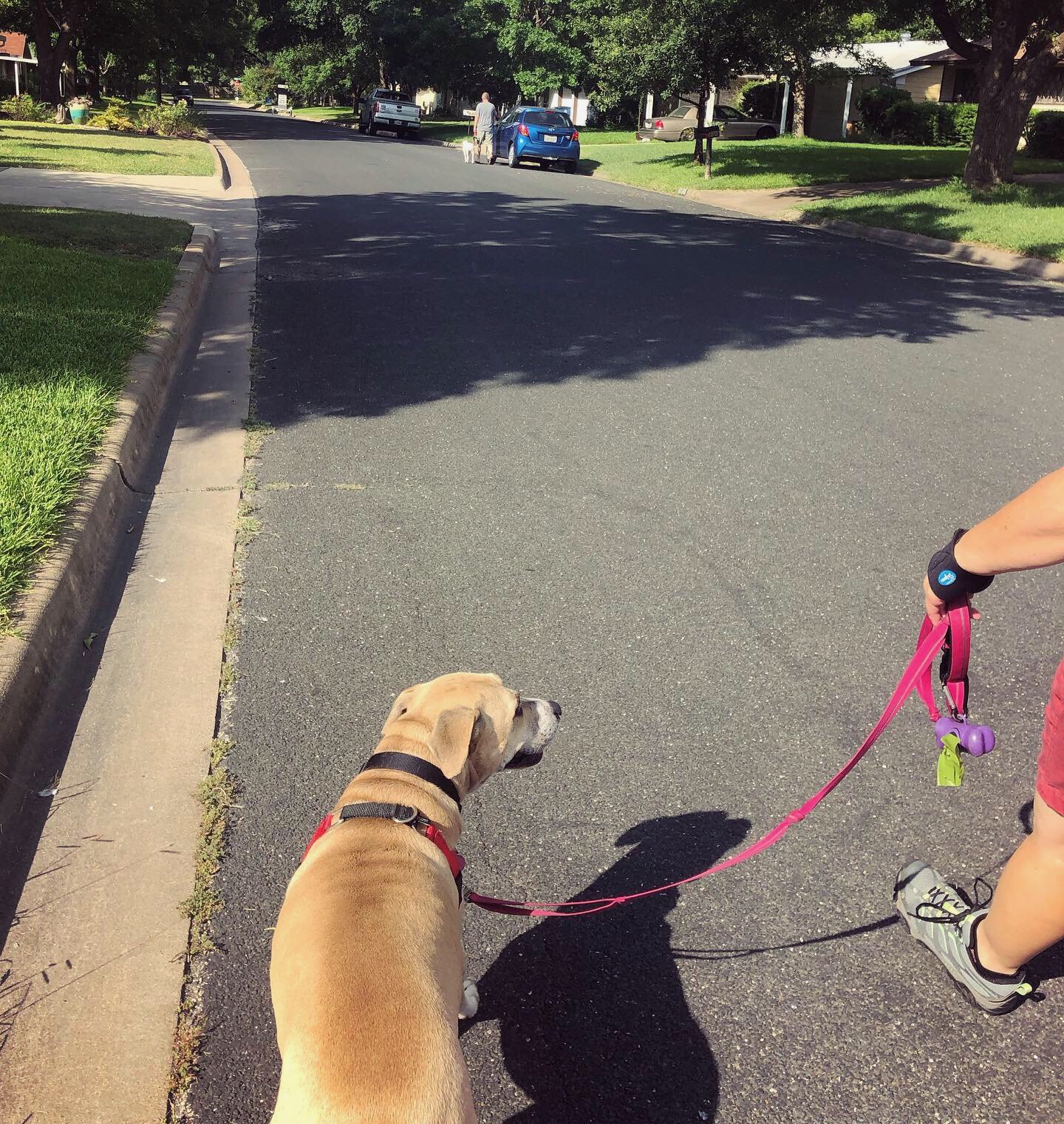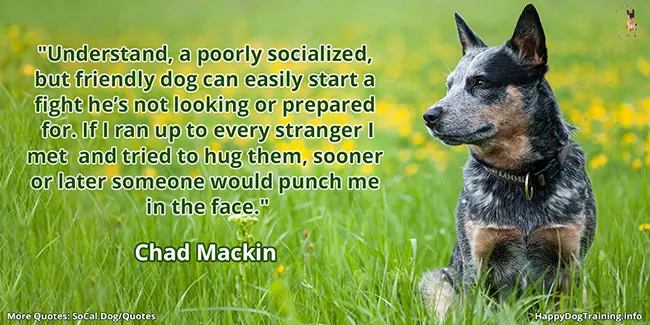Checking Out Choices for Dog Training Charlotte: What You Need to Know
Checking Out Choices for Dog Training Charlotte: What You Need to Know
Blog Article
Unlock Your Pet dog's Prospective: Proven Canine Training Strategies for Success
Effective pet dog training is a nuanced procedure that pivots on understanding canine habits and using medically backed techniques. By integrating favorable support, establishing clear commands, and focusing on socialization, canine proprietors can grow a productive relationship with their family pets.
Recognizing Dog Actions
Understanding pet dog actions is essential for effective training and promoting a positive connection in between pets and their owners. A detailed grasp of canine body movement, vocalizations, and social interactions is vital for identifying their emotions and needs. Canines communicate mainly with non-verbal cues; for instance, a wagging tail may indicate excitement, while pinned ears can signal fear or submission.

In addition, environmental factors play a substantial role in forming a canine's actions. Modifications in regular, brand-new surroundings, or the visibility of unfamiliar people can result in stress and anxiety or stress and anxiety in dogs. Identifying these triggers enables proprietors to mitigate adverse responses and create ideal training techniques.
Eventually, a deep understanding of pet dog habits lays the foundation for effective training methods, enhancing both behavior and the general bond between the dog and its proprietor. Dog training. This understanding is essential for promoting a well-adjusted, satisfied canine companion
Positive Support Strategies
Effective training relies heavily on favorable support strategies, which have been shown to produce substantial outcomes in shaping desired habits in dogs. This method includes compensating a dog for displaying details behaviors, thus raising the probability that these actions will certainly be duplicated. Rewards can take various forms, consisting of treats, praise, toys, or playtime, depending upon what inspires the private pet dog.

It is important to gradually terminate incentives as the canine finds out the behavior, transitioning to periodic support. This technique preserves the actions over time while protecting against dependency on constant benefits. By concentrating on positive reinforcement, instructors can cultivate a trusting connection with their pets, advertising a cooperative and healthy training setting that boosts overall obedience and performance.
Establishing Constant Commands
A basic facet of effective dog training is the establishment of consistent commands. Uniformity in commands is crucial for efficient communication between the instructor and the pet. When commands are uniform, dogs learn to link specific words with preferred habits, which increases the training procedure and boosts understanding.
To develop regular commands, it is crucial that all relative make use of the same terms and motions. For instance, if someone makes use of "rest" while one more states "sit down," it can produce confusion for the dog. Select clear, distinctive words cat toilet trainer for commands and make certain every person associated with the canine's training abides by these choices.
In addition, rep like this is crucial. Strengthen commands through constant technique, making certain that the pet dog receives ample possibilities to react properly. When a dog efficiently adheres to a command, instant positive support ought to follow. This might be in the type of treats, appreciation, or playtime, solidifying the link between the action and the command.
Finally, be patient. Developing consistent commands requires time and effort. With devotion and clarity, you will certainly help your pet dog develop a solid understanding of expectations, eventually resulting in a mannerly companion.
Socializing and Direct Exposure
Interacting socially a pet is vital for cultivating a positive and well-adjusted friend. This process includes revealing your dog to a range of settings, individuals, and other pets to create their social abilities and adaptability. Early socializing, preferably in between the ages of 3 to fourteen weeks, is crucial, as it lays the foundation for a dog's future habits.
Throughout socializing, objective to give favorable experiences in different settings, such as parks, hectic roads, and homes with various other pet dogs. Introduce your pet to various stimuli, including noises, views, and scents, making certain that each encounter is gratifying. This exposure assists alleviate anxiety and anxiousness, paving the means for a much more resistant dog.
Engaging in controlled team play sessions with other canines can also boost social abilities, instructing your animal appropriate communications and limits. Prioritizing socializing will substantially contribute to your dog's total happiness and behavior throughout their life.
Conquering Common Training Obstacles

Canines may struggle to concentrate in unknown or hectic settings. Gradually desensitize your dog to distractions by beginning training in a silent atmosphere and slowly introducing even more stimulations as they end up being efficient.
In addition, behavior concerns like jumping or too much barking can end up being irritating. Address these by educating alternative actions, such as resting smoothly when welcoming guests. Uniformity and perseverance are critical; enhance preferred behaviors continually and prevent abuse, which can cause confusion.
Lastly, identify that each canine is unique, and training timelines might vary. Dressmaker your technique to your canine's specific requirements, and seek specialist assistance if essential. With determination and the right approaches, getting rid of these challenges can bring about a well-trained, satisfied canine buddy.
Verdict
In final thought, opening a canine's possible requires a thorough method that includes an understanding of canine habits, the application of favorable reinforcement methods, and the facility of constant commands. Early socializing and exposure to varied settings even more boost a canine's flexibility and self-confidence. By dealing with usual training challenges with customized strategies and patience, a unified and cooperative relationship between pet dog and trainer can be fostered, eventually causing a mannerly companion efficient in prospering in numerous situations.
Effective pet dog training is a nuanced procedure that pivots on understanding canine behavior and utilizing clinically backed approaches.Recognizing dog behavior is necessary for reliable training and cultivating a positive relationship between canines and their owners.Efficient training counts greatly on favorable support strategies, which have actually been revealed to generate substantial outcomes in forming wanted actions in pets. When commands are consistent, dogs learn to associate specific words with desired actions, which increases the training procedure and boosts understanding.
In verdict, opening a pet dog's prospective requires an extensive technique that integrates an understanding of canine habits, the application of positive reinforcement strategies, and the facility of constant commands.
Report this page